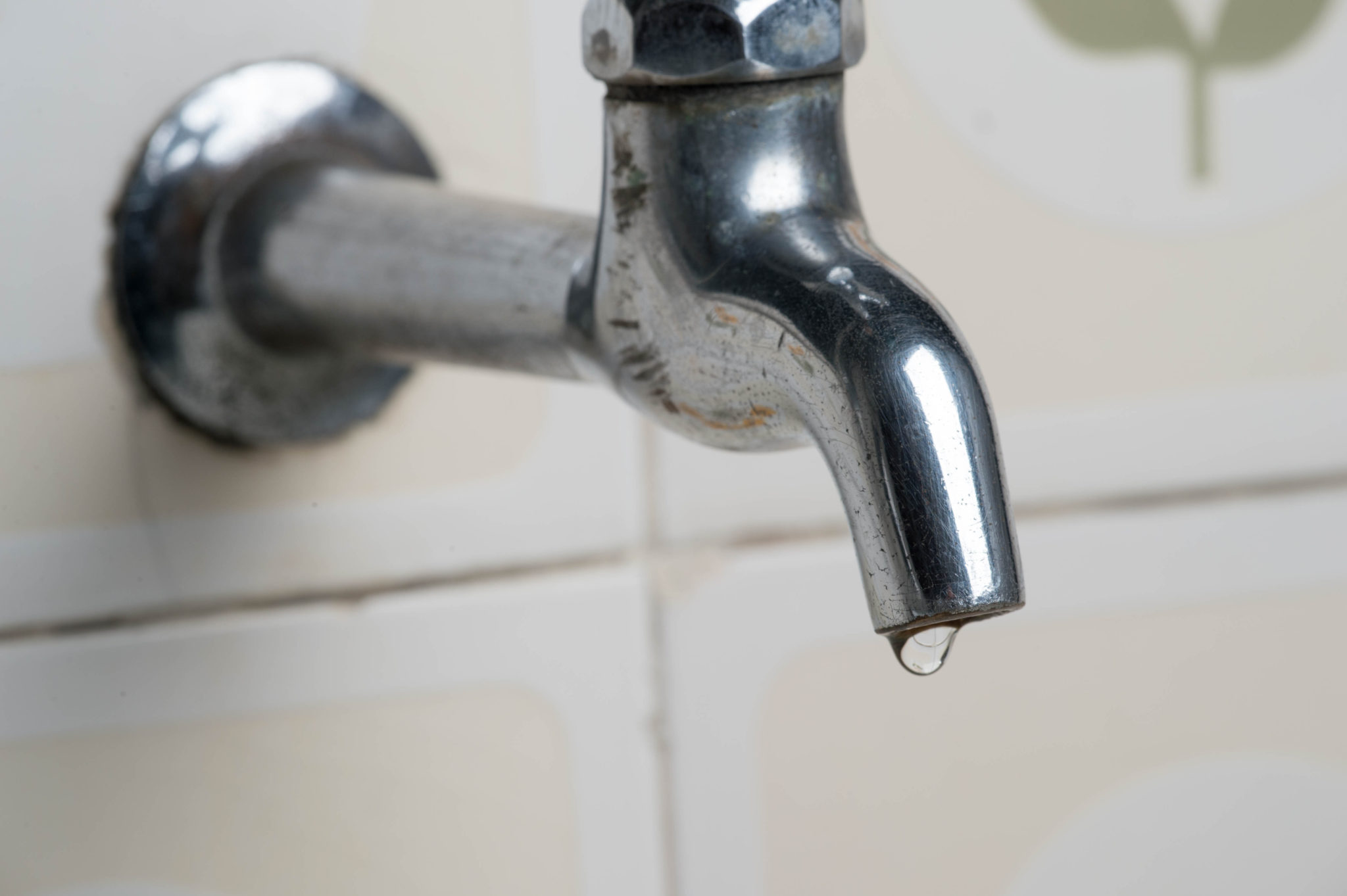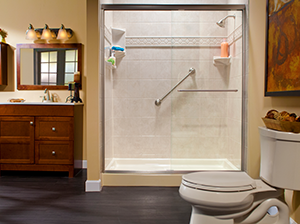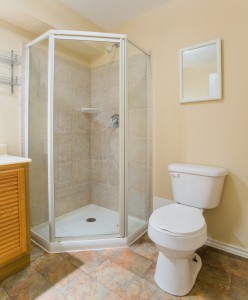 You walk into the bathroom to wash your hands. You turn the water on, then turn it off. You start to walk away and then you hear it. Drip. Drip. Drip. You attempt to tighten the faucet, but it continues to release a slow drip. What should you do? Should you get the faucet fixed the moment you notice a small drip or is it okay to wait until the issue gets truly unbearable? The Root Issue of Faucet Dripping
You walk into the bathroom to wash your hands. You turn the water on, then turn it off. You start to walk away and then you hear it. Drip. Drip. Drip. You attempt to tighten the faucet, but it continues to release a slow drip. What should you do? Should you get the faucet fixed the moment you notice a small drip or is it okay to wait until the issue gets truly unbearable? The Root Issue of Faucet Dripping Why do faucets drip? Well, in most cases, the cause of faucet dripping has to do with a valve issue. The first thought that comes to mind is the faucet, but in actuality, that is not true. The faucet handle could be the problem. The best way to check if the issue is a faucet valve the problem is to turn the shutoff valve to the faucet off, allow the faucet to drain and see I the drip stops with that solution. If the drip does not stop, the issue could be with the shutoff value. Then, in some instances, the issue is both.
Is it Something I Can Fix?Is a leaky faucet a do-it-yourself job? Well, that depends. Before you attempt to fix it, you need to identify what type of valve is causing the problem. If it’s the faucet valve, you can generally find the type of valve that’s in your faucet by looking in the owner’s manual. From there, find out how to do the job and complete the work.
In a lot of cases, there are directions on how to change a faucet valve on YouTube and other video sites. You should seek the advice of someone with a little more experience before you attempt a project like this. If the issue is with the shutoff valve, that’s a far more complicated project and would be best performed by a professional. The last thing that you need is to attempt to repair a shutoff value, have something go wrong, and you have no running water or flushing toilets! Yikes!
Is the Expense Worth It?Many people wonder if a dripping faucet will drive up their water bill. The answer to that question is minimally. Here’s a breakdown:
30 drips/minute = 43,200 drips/day
43,200 drips/day = 10.8 liters/day or 2.85 U.S. gallons/day
2.85 U.S. gallons/day = 1,041 U.S. gallons/year
The average cost of 1000 gallons of water in the US is $1.50. So, a dripping faucet will essentially cost you $1.56 a year! In any case, the problem should be addressed before a small drip turns into a continuously running faucet or worse.
Subscribe to Genie Bath Systems's Blog








Comments